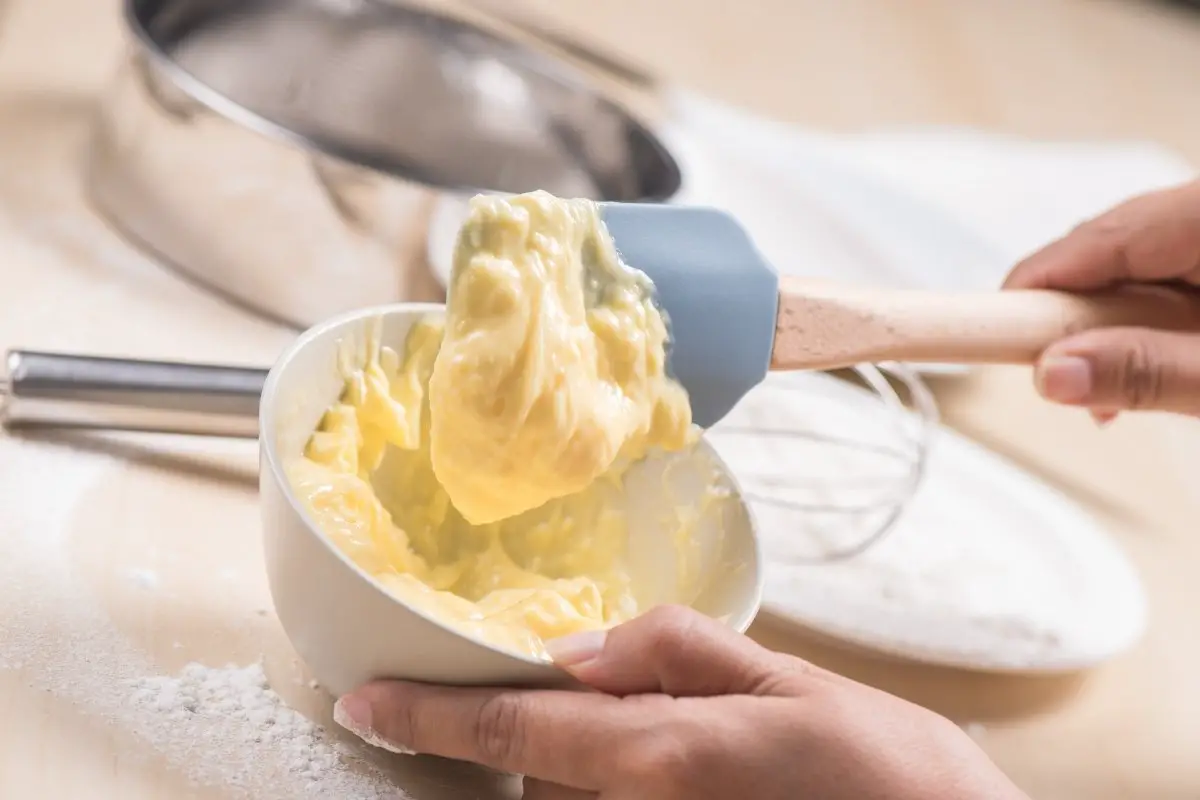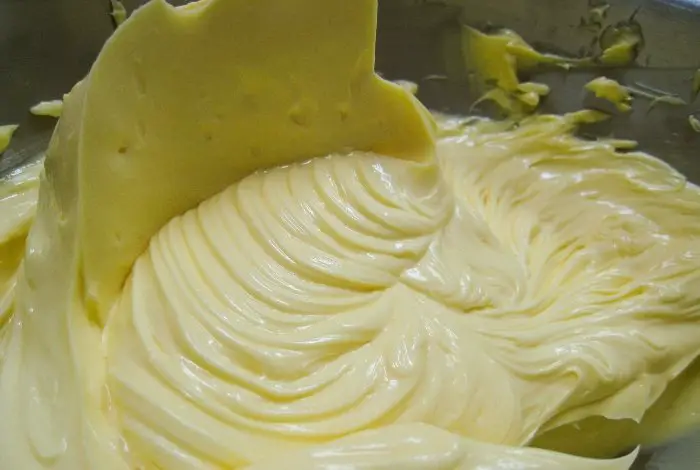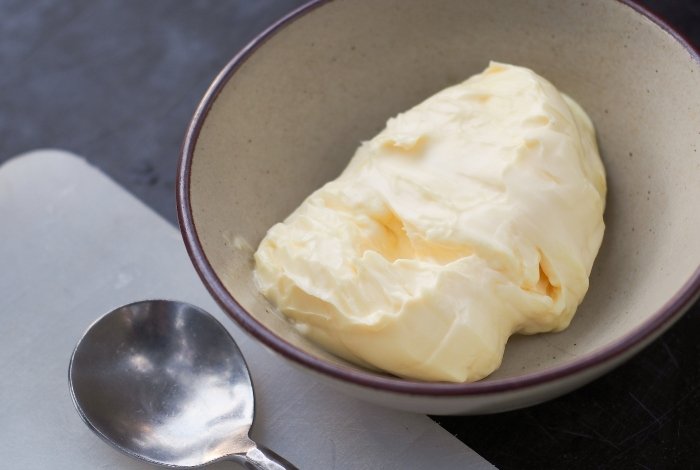Last Updated on January 8, 2021
How long does it take butter to reach room temperature? Butter plays an essential part in baking. The success and failure of the baked good are in the hands of the butter. It is because the consistency and temperature of the butter will either make or break the recipe.
Moreover, the ideal way to soften butter is to set it out on the counter to reach room temperature at approximately 1-2 hours. For the most part, the extent of time relies on how cool the kitchen is and the weather. If you find your cakes dense, you are excessively softening the butter. In addition to that, hot butter causes cookies to overspread. Also, red velvet cakes must be used with room temperature butter.
How Long Does it take Butter to Reach Room Temperature? and Why is it Necessary?
It takes about 30 minutes to an hour to soften butter to room temperature. Essentially, butter is solid fat. It can hold air. As a result, the creaming process is when the butter traps air. For this reason, the trapped air becomes larger from the heat, and it produces a fluffy baked good while baking.
In addition to that, room temperature ingredients combine best because they are warmer. As a result, producing an evenly and seamless batter. Likewise, an evenly textured and delicious tasting baked good is a smooth batter with trapped air.
Also, cold ingredients tend not to blend, resulting in chunky cheesecake, clumpy frosting, flatbreads, oily muffins, and dense cake.
Comparing Salted vs Unsalted Butter
What Happens to Butter at Room Temperature?
Softened butter must be moderately cool to touch. Also, at room temperature, the butter cubes should hold their form when gently poked. You can use a digital thermometer if you want to be technical. Insert into one of the butter cubes, and it should read between 65°F and 70°F; it is the usual range of room temperature for ingredients.
Find useful tips here: Do I Use Salted Or Unsalted Butter For Cookies? Help!
How To Get Butter To Room Temperature Quickly?
How to Soften Butter with a Glass
In the microwave, heat a glass of water, throw out the water, then cover the butter with the warm glass. Doing this will slowly warm the butter. Hence, this method quickly softens butter.
Cubing and Microwave
You can soften the butter quickly by slicing the butter into 1-inch cubes. Grab a stick of butter and have it lengthwise. Then, flip the butter on its side and repeat the previous process by having it lengthwise. At this time, you must have produced four long columns of butter. Afterward, hold the columns together and cut crosswise into 1-inch portions. As a result, each piece will be a rough cube.
In a microwave-safe bowl, put the butter cubes, then microwave in 19-second at 20 percent power until the butter cubes have softened. For this reason, it should not last longer than 20 seconds or so.
Double boiler
If you do not own a microwave, you can put the butter cubes for approximately 1 minute in a double boiler over medium-low heat. Make sure to monitor the butter closely since once it gets going, it melts quickly.
Farberware Classic Stainless Series Double Boiler
Grating
It is the simplest way to turn frozen butter to room temperature. All you have to do is grab a box grater. Then, grate the butter into a bowl. The butter will soften immediately. Likewise, this grating technique is ideal when a recipe requires frozen butter like pie doughs and scones.
Tips to Soften Butter to Reach Room Temperature
Do not take a shortcut and microwave the butter since it will not heat evenly. Likewise, the smallest portion of melted butter means less aeration in your baked good.
Since the more butter is required in the recipe, the bigger the plate or bowl. When holding the butter, spread it out so the portions of butter can warm up evenly and fast. That is why avoid putting a huge pile of butter in a small bowl.
Moreover, use room temperature ingredients, especially milk, sour cream, and eggs, when using butter at room temperature. Not doing this messes up the entire recipe. When cold ingredients get in contact with creamed butter, it will result in the butter solidifying and cooling down again. That being the case, microwave the ingredients, excluding the butter, for approximately ten seconds before using and put the eggs in warm water for about ten minutes.
Once the butter has been softened, it is time to cream with the sugar. Around three or four on a stand mixer, begin on low speed. Afterward, an increase to medium-low. After that, cream the butter for three minutes with a paddle attachment.

Zarah is an experienced pastry chef whose creations have delighted countless customers. With a passion for baking, Zarah has developed a unique style that combines classic techniques with modern flavors. Her desserts are consistently crafted with the finest ingredients, and her attention to detail is evident in the stunning and delectable results. Zarah has a wealth of experience in the pastry kitchen, and loves to share her knowledge with others. Whether it is teaching a class or creating a custom cake for a special occasion, Zarah is committed to making sure every customer is satisfied.




